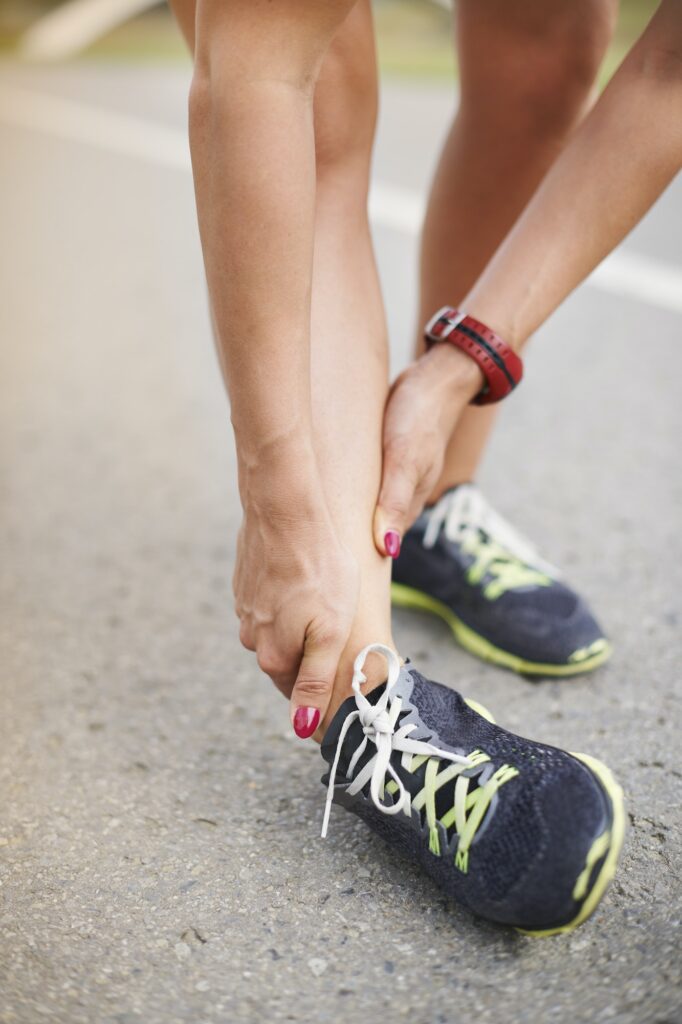Sudden changes in activity can often lead to shin splints, whether from starting a new fitness program or increasing the intensity or frequency of your exercise. Flat feet, abnormally rigid arches, and improper or worn-out footwear can also cause shin splints.
Shin splints are usually identifiable by pain along the border of the tibia, which may be dull and throbbing or quite sharp. The pain might be aggravated by touching the area, and will usually occur after exercise or other intensive physical activity. You might also see mild swelling in the area.
Preventing Shin Splints
There are several steps you should take to prevent shin splints, particularly if you’re beginning a new exercise program:
- Wear the proper type of shoe for your activity
- Ensure that your shoes are properly fitted and in good repair
- Build up your exercise regimen gradually—give yourself several weeks to get used to a new level of exercise before increasing the difficulty
- Cross train—alternate between high-intensity leg workouts like running and lower-intensity leg workouts like swimming or bicycling in order to give your legs a chance to rest
Treating Shin Splints
Should you develop shin splints, here are some simple steps you can take to treat them:
- Rest—since shin splints are usually caused by over-exerting your leg muscles, the best way to fix the problem is to take a break from the activity that caused the pain. You can substitute lower-intensity exercises in the meantime. Give yourself at least two weeks after the pain stops before you resume the higher-intensity exercise, and build up gradually to the level you were at when the shin splints developed.
- Common medicines like ibuprofen, acetaminophen, and naproxen (non-steroidal anti-inflammatory drugs, or NSAIDS) can help reduce the pain and swelling of shin splints.
- Cold packs can help reduce pain and swelling. Apply them to the area for about twenty minutes at a time, several times a day.
- Wearing an elastic compression bandage or properly strapping or taping the area can help reduce pain (see below).
- Stretching can both help prevent shin splints and ease the pain of them after they develop.
If your shin splints do not stop after proper rest and other treatment, be sure to see our podiatrist to ensure that there is no other problem causing your leg pain.
Strapping & Taping
Many athletes use simple athletic tape to reduce the pain of shin splints, such as a simply non-stretch zinc oxide tape. First, wrap the tape from the bony spot on the outside of your ankle, over the front, and around the back of the Achilles tendon (not too tight). Then, with the same line of tape, tape diagonally up and across the front of your shin. Repeat the taping two more times, overlapping the first one slightly.
This method can help take pressure off of your lower shin, but remember that it is not a substitute for the rest and healing that your leg needs—it’s simply a useful tool for reducing and potentially preventing shin splint pain.


